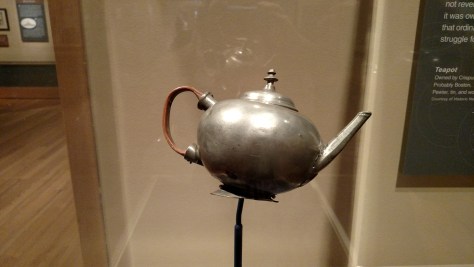
Relics
For such a young country, the United States has a lot of history. Just taking into account the American Revolution and the Civil War, we also have a lot of battlefields in the east. Many of these battlefields are still full of relics that enterprising people will go out and find. Sometimes they do it to sell what hey find, sometimes they do it to try to persevere history. For the most part, relic hunting on government-owned land is illegal and some may even question the morality of it. These battlefields are mass grave yards where many hundreds even thousands of people have died.
For collectors there is a draw to these relics. Holding a piece of history in your hand is something beyond words. Stories become real and a sense of magnitude takes over. Guessing how the pieces got to where they were found, who may have touched them, what stories do they hold. Sure, you can go to a museum and see them behind glass, in cases, up on walls, but you can’t touch them or feel them.
Now of course besides the legal issue, you also have the issue of authenticity. Generally of the price is too good to be true, it is. Sometimes though that doesn’t really matter if you need a certain piece for your collection. Price and value are relative in many ways.
Shrapnel
Above is a picture of some pieces from my personal collection. They were supposedly dug from the Seven Pines battlefield in Henrico County Virginia. The battle took place May 31st to June 1st 1862 as part of the Peninsula Campaign during the Civil War.
As you can see they are not cleaned up and only a few pieces are easily recognizable. In the upper left you the broken pieces of an artillery shell (round hollow ball with a fuse that explodes into shrapnel). The Lower left you have a prick, which was used with cannons, once the tube was loaded you would shove the prick into the touch hole to expose the powder. In the upper right is a nail. The rest appears to be iron banding and other scraps.
Are these really artifacts from a Civil War battlefield? I can not say for certain, but I think they are and that makes it pretty cool to have.





